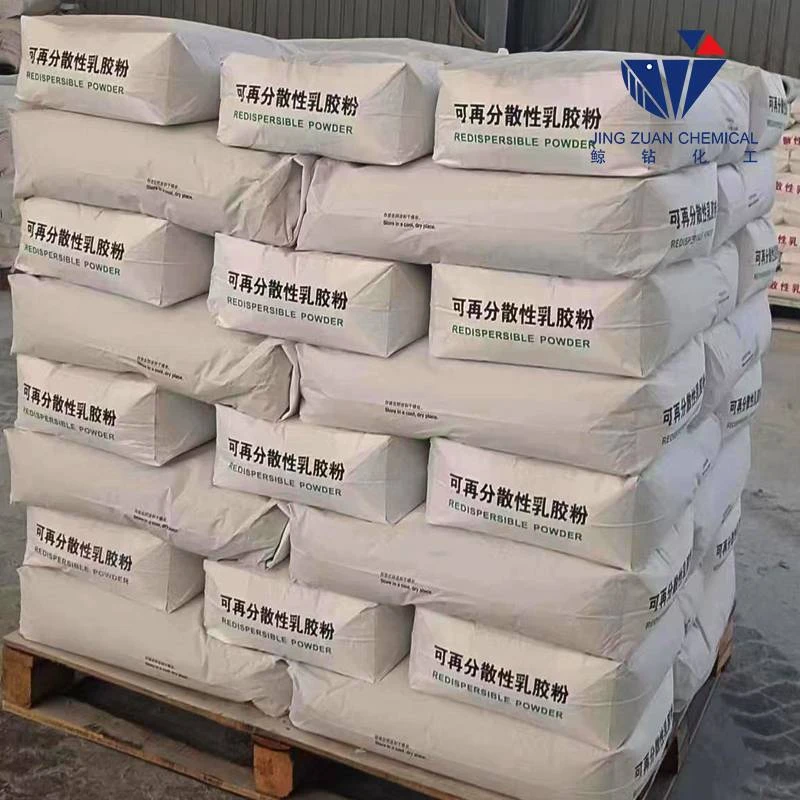
Rgs . 01, 2024 09:27 Back to list
Hydroxypropyl Methylcellulose (HPMC) - Chemical Structure and Applications
Chemical Structure of Hydroxypropyl Methylcellulose (HPMC)
Hydroxypropyl Methylcellulose (HPMC) is a semi-synthetic polymer derived from cellulose, a natural polysaccharide found in the cell walls of plants. HPMC is widely used in various industries, including pharmaceuticals, food, cosmetics, and construction, mainly due to its excellent film-forming, viscosity-increasing, and emulsifying properties. Understanding its chemical structure is crucial for optimizing its applications and performance in these fields.
Chemical Structure of Hydroxypropyl Methylcellulose (HPMC)
The presence of the methoxy group contributes to HPMC's hydrophobic properties, allowing it to exhibit a range of solubility characteristics. Depending on the degree of substitution, HPMC can be soluble in both cold and hot water, which makes it an attractive option for diverse formulation applications. On the other hand, hydroxypropyl groups enhance the hydrophilicity of the polymer, affecting its thermal and chemical stability.
chemical structure of hpmc

The degree of polymerization (DP) and the degree of substitution (DS) of HPMC are critical parameters that define its physical and chemical properties. The DP is the number of glucose repeating units in the polymer chain, while the DS indicates the average number of hydroxyl groups that are substituted by hydrophobic groups. Higher degrees of substitution generally lead to improved solubility and viscosity but may also affect gel formation and film integrity.
HPMC is often characterized by its viscosity grade, which is dependent on both the molecular weight and the amount of substitution. Low-viscosity grades are useful as fillers and binders in pharmaceutical formulations, whereas high-viscosity grades are favored for their water-retention properties in construction materials.
In addition to its industrial applications, HPMC is also recognized for its safety and biocompatibility, making it suitable for use in pharmaceutical and food products. Its non-toxic nature allows it to be utilized as a thickener and stabilizer in various food formulations, while its film-forming abilities make it a popular choice in coatings for controlled-release drug formulations.
In summary, the chemical structure of Hydroxypropyl Methylcellulose, characterized by its cellulose backbone with methoxy and hydroxypropyl substitutions, plays a vital role in its unique properties. Its versatility across multiple industries stems from its capacity to modify viscosity, solubility, and texture. As research continues to explore new applications and formulations, HPMC remains a critical component in the development of innovative products.
-
Unlocking the Benefits of HPMC Products: A Gateway to Versatile Applications
NewsAug.07,2025
-
Unleashing the Potential of HPMC Ashland: A Comprehensive Look
NewsAug.07,2025
-
Tile Bonding Cellulose: The Key to Superior Adhesion and Durability
NewsAug.07,2025
-
Hydroxypropyl Methylcellulose Powder: The Versatile Component in Modern Pharmaceuticals
NewsAug.07,2025
-
Hydroxyethyl Cellulose: The Versatile Solution for Various Industries
NewsAug.07,2025
-
Hydroxyethyl Cellulose (HEC): The Versatile Polymer for Various Applications
NewsAug.07,2025







